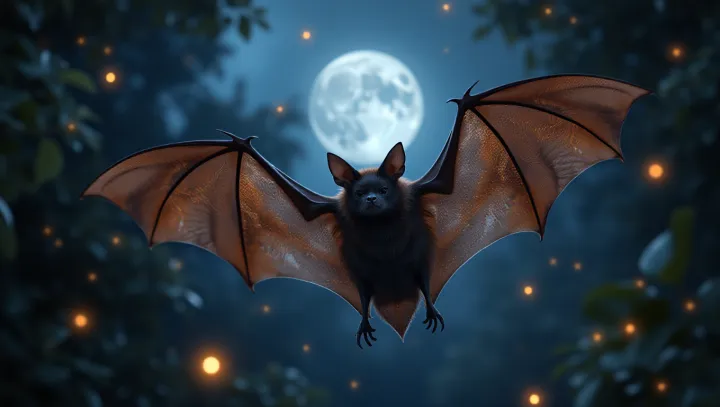Bats: Mammals Mastering Flight

In the bustling city of San Francisco, a remarkable nocturnal creature silently commands the skies. The bat, known scientifically as Chiroptera, holds the exceptional distinction of being the only mammal capable of true flight. With over 1,400 species identified globally, bats exhibit unparalleled diversity among the mammalian class.
Through their intrinsic ability to fly, bats provide invaluable ecological services. Dr. Eleanor White, a renowned ecologist, emphasizes their critical role in pest control and pollination.
'Bats consume vast quantities of insects, mitigating agricultural pests and controlling disease vectors,' Dr. White notes, 'while some species are key pollinators and seed dispersers for many plants.' The urban sprawl of San Francisco presents both opportunities and challenges for bat populations. As cities expand, maintaining natural habitats becomes imperative to preserve these creatures and their ecosystem functions.
Efforts to integrate urban development with bat conservation are gaining traction, inviting a harmonious coexistence between human and nature. In light of environmental change, understanding the biology and ecological impact of bats becomes ever more relevant. Conservationists advocate for increased awareness and protective measures to ensure that these aerial mammals, vital to ecological balance, continue to thrive.
The story of bats is not just about a marvel of nature's engineering but a call to action for sustainable living.
